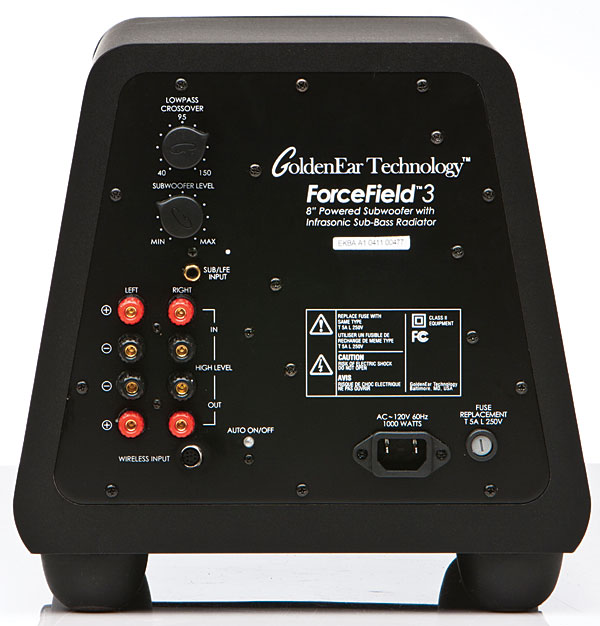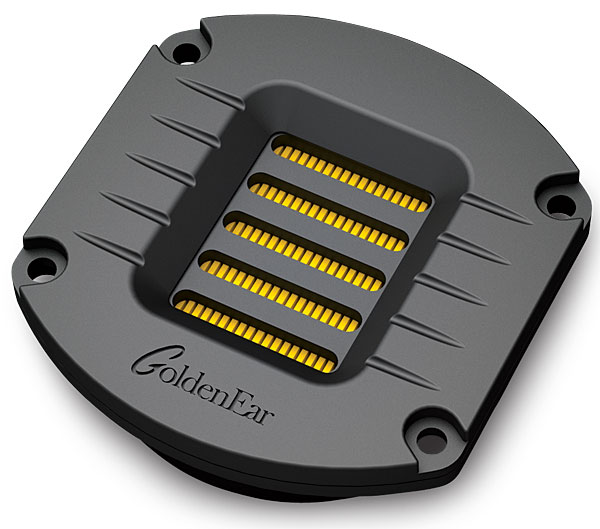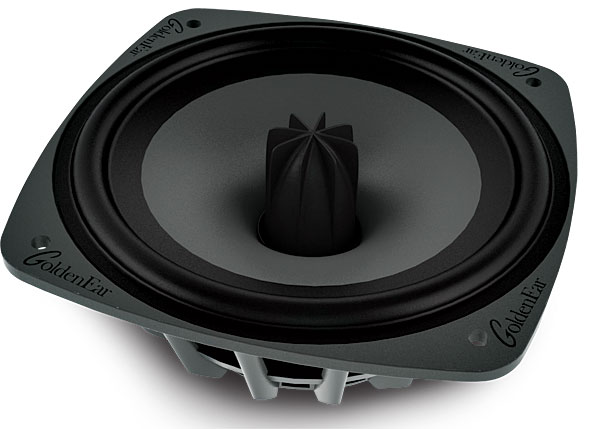Hey Mark,
I've been waiting for a reputable review of these babies, although I am planning on getting the SuperCinema 5s for the LCR. I know how you hate stars but can one assume that the 4 stars are due to the inherent limitations of the price range and form factor? Or is there something else. I know you aren't in the business of system recommendations but I was considering these speakers with either the Marantz AV7005 and MM7055 or waiting for the new Rotel pre/pro and pairing it with an Anthem amp.
Does this sound reasonable?
STephen










































































